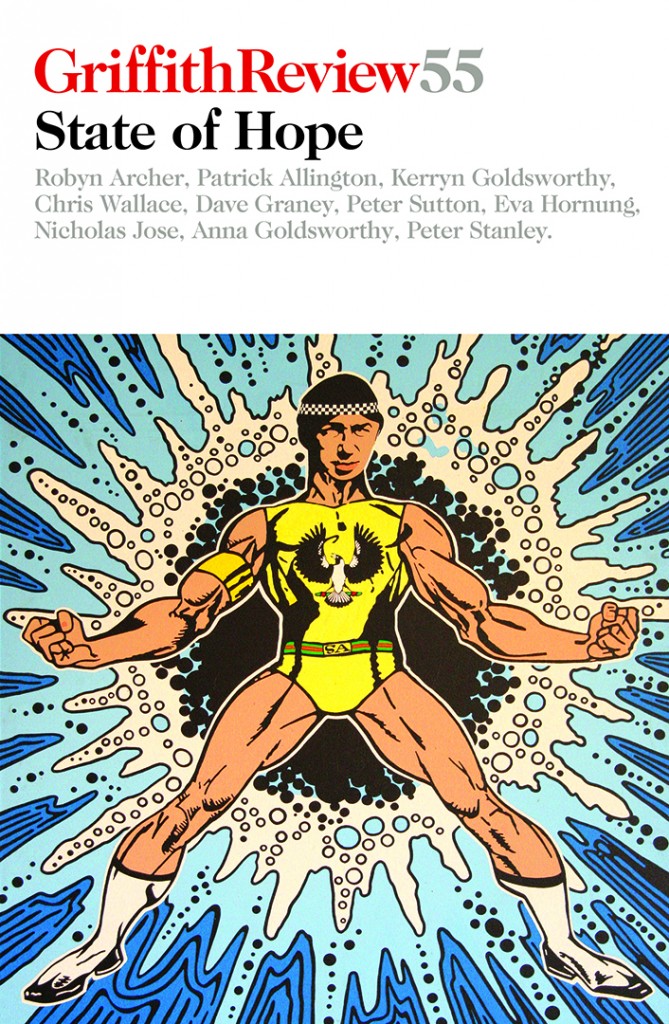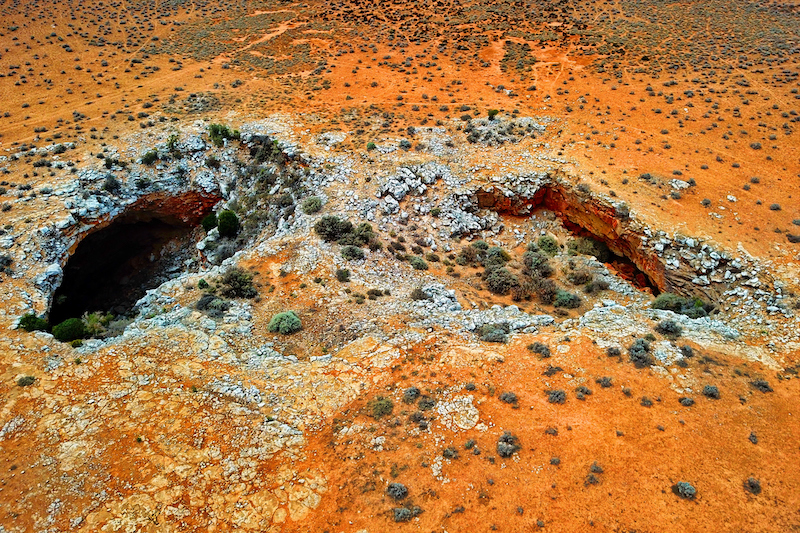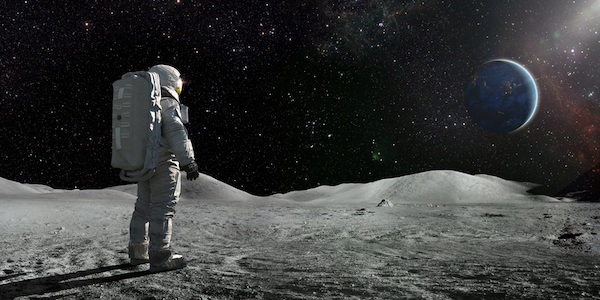Featured in

- Published 20170207
- ISBN: 9781925498295
- Extent: 264pp
- Paperback (234 x 153mm), eBook


Already a subscriber? Sign in here
If you are an educator or student wishing to access content for study purposes please contact us at griffithreview@griffith.edu.au
Share article
More from author

Moonwalking
Non-fictionThe first woman on the Moon will have to think carefully about her first words, as they will resonate for generations into the future. Neil Armstrong chose his famous ‘one giant leap’ line himself; but in this case, knowing what’s at stake, there’s bound to be a committee who gives this long and considered thought.
More from this edition

Remembering Roxby Downs
EssayIN 1842, THE mainly British and German settlers who had arrived en masse at the beginning of South Australia’s colonial history six years earlier...

Bad breath
FictionRUMBA WONDERED WHY his parents were taking so long. He was both elated and anxious because he could keep drinking until he heard their...

Intercultural futures
Essay‘SO WHAT? THERE’S no story here,’ the marketing consultant snapped down the phone. ‘I mean, bloody hell, the premier’s forever banging on about Asia,...